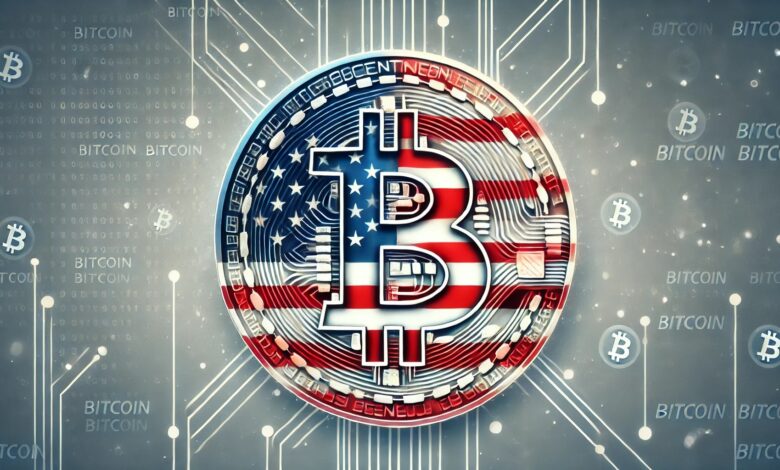
Exploring the U.S. Executive Order on Cryptocurrencies: Implications and Insights
On January 23, U.S. President Donald Trump made a landmark move by issuing the first executive order focused on cryptocurrencies. This directive has introduced the concept of creating a “national digital asset stockpile,” raising questions about whether the United States plans to actively acquire Bitcoin (BTC) or simply incorporate seized BTC into a reserve. Additionally, there is uncertainty surrounding the potential inclusion of altcoins in this stockpile.
Understanding the Executive Order’s Intentions
The executive order articulates that a “Working Group” will explore the possibility of creating and maintaining a national digital asset stockpile. This could potentially involve cryptocurrencies acquired legally by the Federal Government through law enforcement measures. The general language of the order has led to various interpretations among industry professionals.
Bitcoin and Altcoins: Acquisition or Retention?
Strategic Digital Asset Stockpile Initiative
Dennis Porter, CEO of the Bitcoin advocacy nonprofit Satoshi Act Fund, expressed his endorsement for the initiative on X, highlighting the strategic choice of terminology. Porter emphasized the practicality of the term “digital asset,” which mirrors the approach Satoshi Act Fund has successfully implemented within state-level legislation. This strategy, Porter suggests, facilitates a broader dialogue around Bitcoin’s significance, aiming to position the United States as a leading global Bitcoin holder.
Expert Perspectives on the Executive Order
Crypto analyst MacroScope provided insights, noting that the executive order sets the stage for a strategic Bitcoin reserve (SBR) with a defined timeline. The Working Group is expected to deliver a report to the President within 180 days, recommending regulatory and legislative proposals to further the policies outlined in the order.
Clarification on Cryptocurrency Holdings
Alex Thorn, Head of Research at Galaxy Digital, clarified that the term “stockpile” might imply holding existing assets rather than actively acquiring new ones. Thorn pointed out that while the executive order does not explicitly state that the government will retain all its current coins, it does call for establishing criteria for the stockpile, suggesting a selective approach.
The Role of Legislative Support
Ambiguity and Potential for Additional Purchases
David Bailey, CEO of BTC Inc. and an advisor to the Trump campaign on crypto matters, noted that the executive order leaves room for ambiguity regarding the acquisition of more Bitcoin. He emphasized the importance of legislative support, referencing the Lummis BITCOIN Act and highlighting Senator Cynthia Lummis’s pivotal role in advancing crypto-friendly legislation. Senator Lummis has been actively promoting Bitcoin-related policies, aiming to establish a Strategic Bitcoin Reserve over the next five years.
Senator Cynthia Lummis’s Vision for Digital Assets
Upon her appointment as chair of the Senate Banking Subcommittee on Digital Assets, Senator Lummis stressed the necessity of bipartisan legislation to create a comprehensive legal framework for digital assets. She underscored the importance of strengthening the U.S. dollar with a strategic Bitcoin reserve and outlined the challenges ahead, including the need for consensus-building and widespread support.
Pathways to a Strategic Bitcoin Reserve
President Trump has opened two avenues for establishing a Strategic Bitcoin Reserve: the “stockpile” initiative managed by the Working Group and the legislative efforts led by Senator Lummis. These efforts could lead to the U.S. actively purchasing BTC, rather than merely holding seized assets.
As of the latest update, Bitcoin is trading at $104,949.
“`







